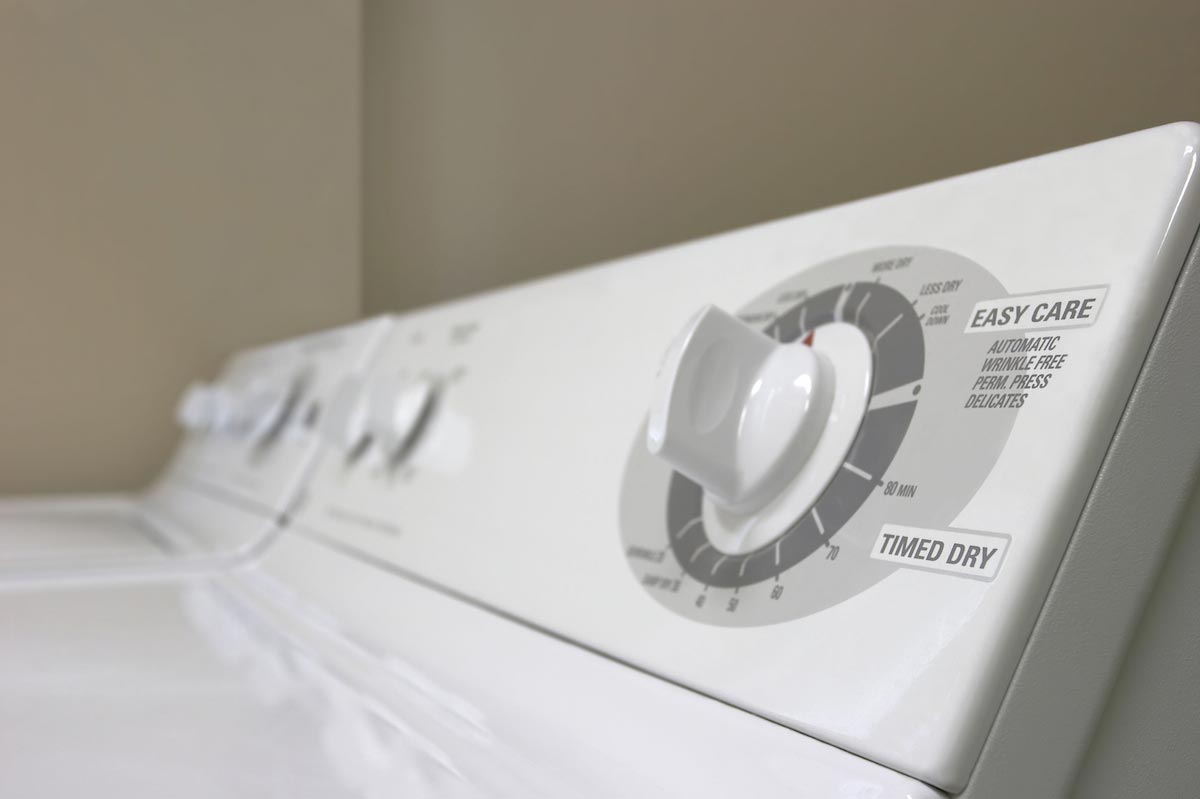Research says the “eco wash” setting on washing machines isn’t enough to disinfect your clothes
03/28/2019 / By Edsel Cook

What good is saving the environment if you can’t save yourself from diseases caused by pathogenic microbes in your very clothes? It turns out that running washing machines on their energy-saving setting fails to eliminate the harmful microorganisms in dirty clothes.
These microbes could potentially spread all kinds of diseases. They are normally handled by a combination of the laundry cleaning agent and the high temperatures of the heated water.
Linens, towels, and underwear tend to accumulate a lot of microbes due to the way they are used. The National Health Service (NHS) suggests that the water in the washing machine should be heated to least 140 degrees Fahrenheit (60 degrees Celsius) in order to completely disinfect these dirty fabrics.
Most washing machines feature a setting that reduces energy consumption by running functions at lower efficiency. For example, a heater running on the “eco” setting brings the water to just 86 degrees F (30 degrees C).
This eco setting might be good for your wallet and the environment, but the International Scientific Forum on Home Hygiene (IFH) warns that it could also facilitate the spread of diseases.
The eco-setting of your washing machine won’t kill flu viruses
“This is not an ‘all or nothing’ challenge,” says Aston University researcher Anthony Hilton regarding the current mess. “It is essential we develop lifestyles which sustain exposure to the right sort of microbes, whilst at the same time protecting against those that cause disease.”
He notes how washing clothes in colder water could reduce energy consumption, but at the cost of diminishing the hygienic effect of the act of ablution. The microbes that survive the less-heated waters can cause potentially deadly influenza in whoever uses those still-contaminated clothes.
Hilton adds that water heated to 140 degrees F is not enough to kill all of the harmful microbes in a dirty laundry; the minimum temperature for sterilization is 212 degrees F. However, when a cleaning agent is added to the water, the combination of heat and cleansing action will eliminate these stubborn pathogens.
The NHS advises that you could get away with using 104 degrees F if the cleaning agent contains bleach. However, synthetic bleach is a very harsh chemical that causes health problems of its own. If you must use bleach, look for those that use natural ingredients.
Instead, you can use a tumble-dryer to disinfect clothes that have already been washed. There is also some evidence that the ironing process can generate enough heat to kill germs in fabrics. These methods do use electricity, so they will undermine your efforts to save energy.
Flu makes you much more vulnerable to heart attacks
Along with cold weather, the United Kingdom is bracing itself for the return of a certain strain of influenza. The recurring bug has proven to be especially dangerous for people who already suffer from poor cardiovascular health.
Back in 2016, heart attacks and strokes claimed an additional 7,510 lives. In 2017, the number of extra deaths rose to 11,500. Some of these deaths were attributed to the flu strain that started appearing during the winter months of recent years.
The charitable organization British Heart Foundation warned that cold weather and flu season make for a very bad mix. Influenza hampers the respiratory system, making the patient much more vulnerable to other diseases.
The flu is bad enough for healthy people. But patients who have survived at least one heart attack are much more likely to experience another attack if they catch the virus. So even if your heart is perfectly healthy, you should still look up natural ways to protect yourself from flu.
Sources include:
Submit a correction >>
Tagged Under:
bleach, contaminated laundry, energy saver, Flu, hygiene, influenza, Laundry, washing machines
This article may contain statements that reflect the opinion of the author
RECENT NEWS & ARTICLES
Infections.News is a fact-based public education website published by Infections News Features, LLC.
All content copyright © 2018 by Infections News Features, LLC.
Contact Us with Tips or Corrections
All trademarks, registered trademarks and servicemarks mentioned on this site are the property of their respective owners.





















